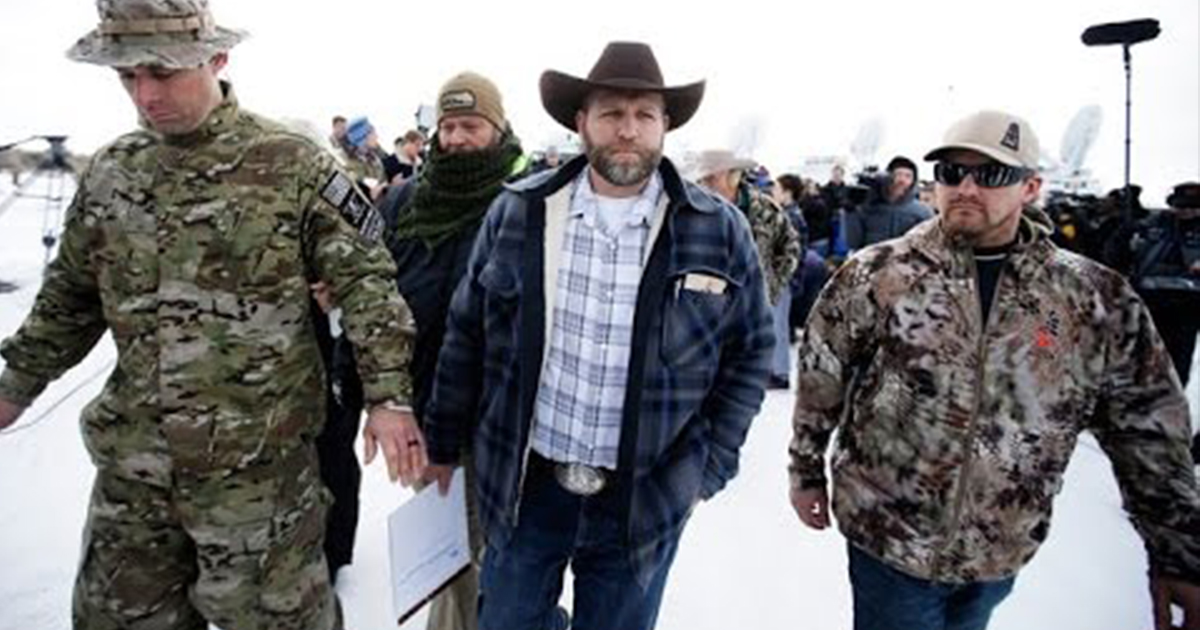It was on an August night more than seventy-five years ago that a passenger streamliner known as the City of San Francisco, pride of three different railroads, suddenly left the tracks while traveling over a bridge in the Nevada desert. The train plunged full speed into the Humboldt River just west of Elko. Of the 220 people aboard, twenty-four lost their lives. A subsequent investigation confirmed that a rail had been deliberately moved, strongly indicating that it had been sabotage. However, though dozens of suspects were questioned, no-one was ever charged with the crime.
Over three-quarters of a century later and 2400 miles to the east, another passenger train left the tracks, causing eight deaths and 200 injuries. There has been great speculation as to what caused the wreck of the Amtrak Northwest Regional Train, ranging from the observable and pragmatic (such as human error and track conditions) to the ridiculous (predictably, right-wing pundits started blaming homosexuals when it was reported that the engineer had been a gay rights activist).
One thing that cannot be denied, however: this tragic accident was highly preventable.
Aside from the “less than ideal” state of repair of the heavily-used line and possible engineer distraction, technologies exist that could have slowed the speeding train remotely. Collectively, these are known as”Positive Train Control,” or PTC. In 2008, Congress passed a law mandating that PTC be in place no later than the end of 2015.
Of course, we know who and what is to blame for the condition of the tracks and the failure to have this technology in place. Amtrak was founded under the Nixon Administration in 1970 as private railroads such as Union Pacific, Santa Fe and New York Central lost passengers to autos and airlines and were no longer able to operate their legendary streamliners profitably. No fan of public anything, the right wing had hoped Amtrak would gradually fade away, while more progressive elements in the government believed it would eventually be self-sustaining.
To date, neither has happened. By 2007, Amtrak was serving 25 million passengers a year. In 2013, the Northeast Regional (NEC) carried over 11 million passengers – more than a third of the total ridership that year. Despite its popularity, Congress continues to allot only enough funds to Amtrak to keep it from going under. Maintenance is regularly “deferred;” the NEC travels across bridges over a century old, and the line itself requires billions of dollars worth of repair and upgrades.
And when a tragedy does occur, the victims are at a significant disadvantage in seeking recourse for their suffering. Families and loved ones lack the tools necessary to protect themselves in the face of such a tragedy.
“Railroads have the most sophisticated investigators in the field, always poised to be at the site of a crash at a moment’s notice,” said attorney Virginia Buchanan of the Levin, Papantonio law firm. The firm has vast experience in train derailment lawsuits and earned, what was at the time, the largest compensatory jury verdict in American history in a personal injury case.
“A family devastated by the loss of a family member is typically incapable of being able to collect critical data, document the scene of a crash and obtain vital witness information – things that are second nature to the professional rail investigators,” Ms. Buchanan added. “We have experience in this specialized areas of practice, and we have been able to obtain the essential information to successfully pursue claims for the victims we have represented. Whether it’s analyzing computer modules, the intricacies of the rail maintenance, equipment maintenance and operations or tracking down witnesses who have apparently disappeared, we persist until we get the information we need to bring both justice and peace to our clients.”
Despite this shameful state of affairs and the tragedy that may very well have been a result, GOP members of the House Appropriation Committee have voted to cut another 20% of Amtrak’s budget. Furthermore, Republican senator Roy Blount of Missouri has said nothing about legislation he introduced in March that would delay implementation of PTC for another five years. In a press release, Blount expressed his concerns that forcing the current deadline on the nation’s railroads “…could result in higher costs and a disruption of service.”
Well, Mr. Blount…would you consider the loss of eight lives “higher costs”? Did this accident constitute a “disruption of service”?
We could go one step further: it has been within the power of CONgress to authorize funding for the technology and equipment that would have prevented this crash. In their contempt for anything “public,” they have refused to do so in the name of false economy going by the name of “fiscal responsibility.” As a result, eight people have been killed and 200 more injured.
Some would call that “negligent homicide” and “depraved indifference.”


